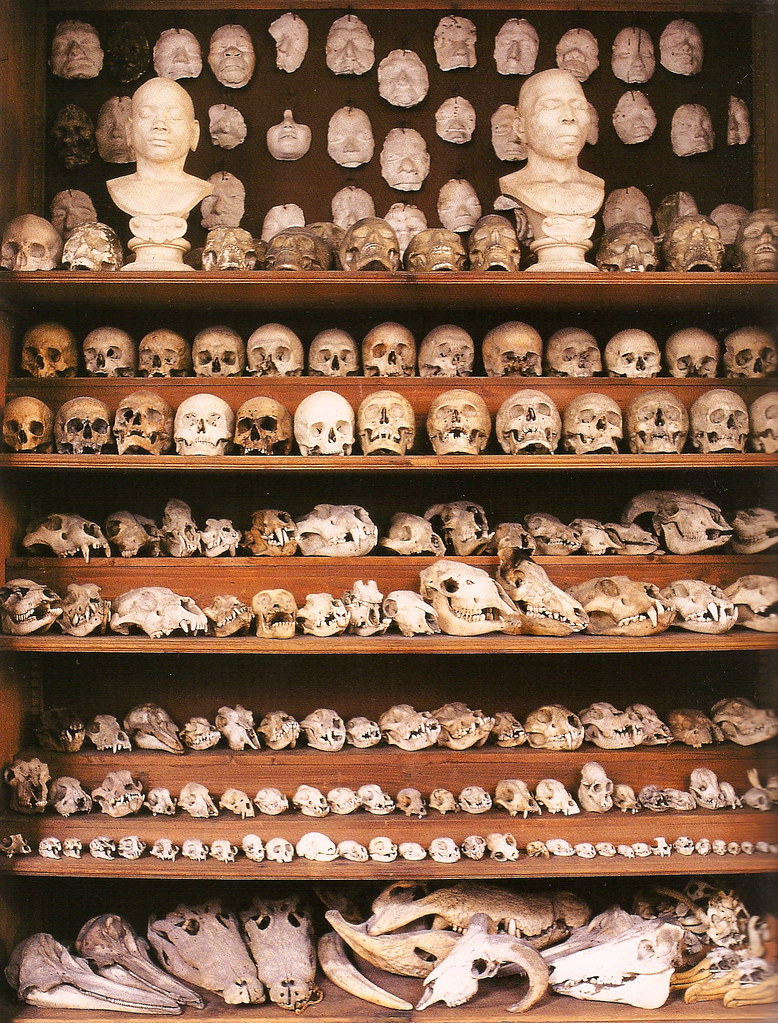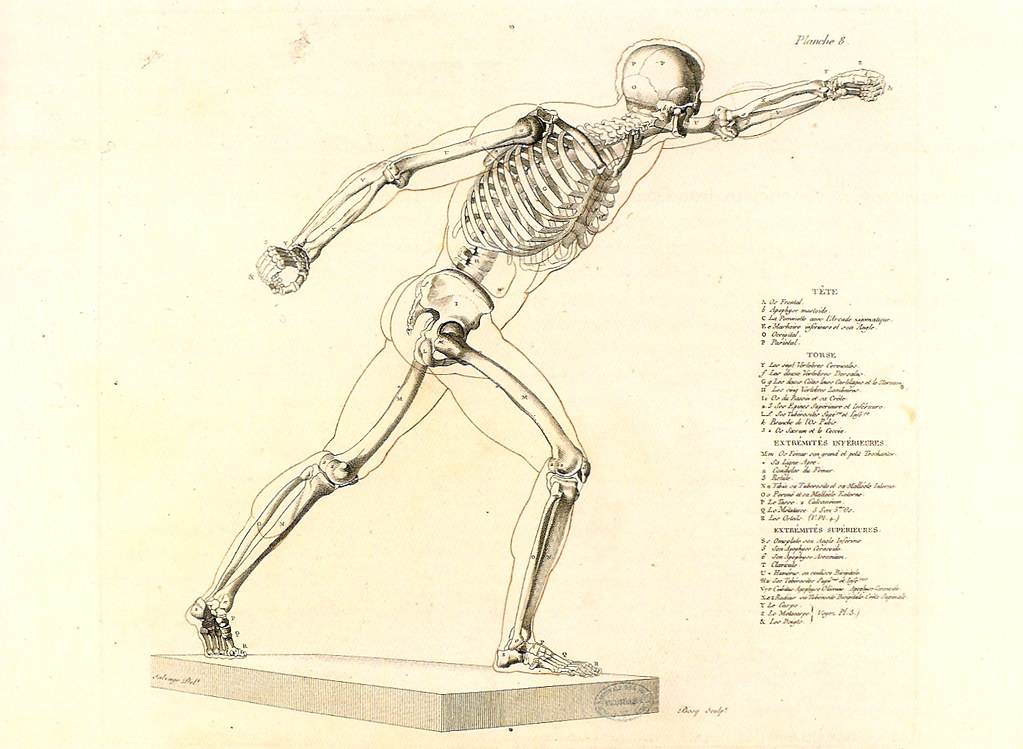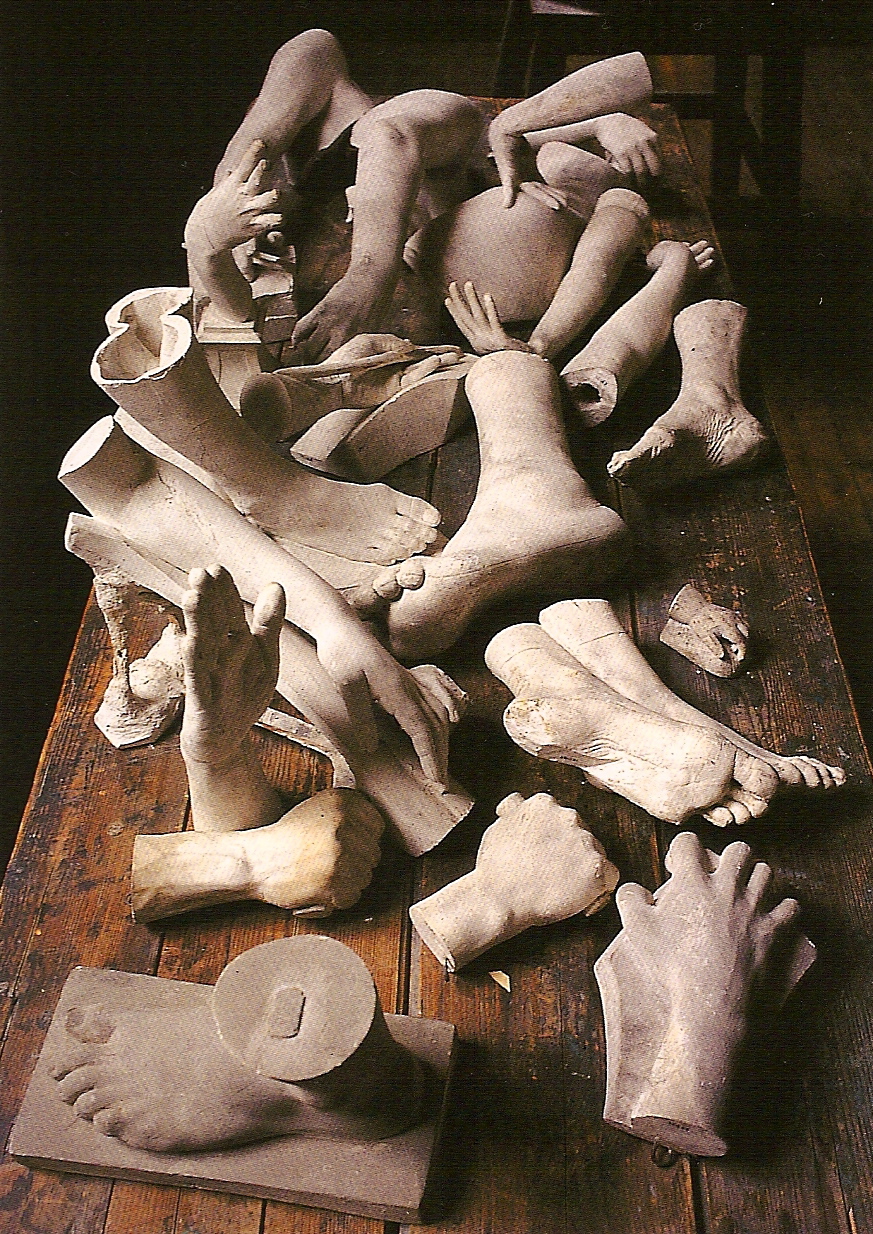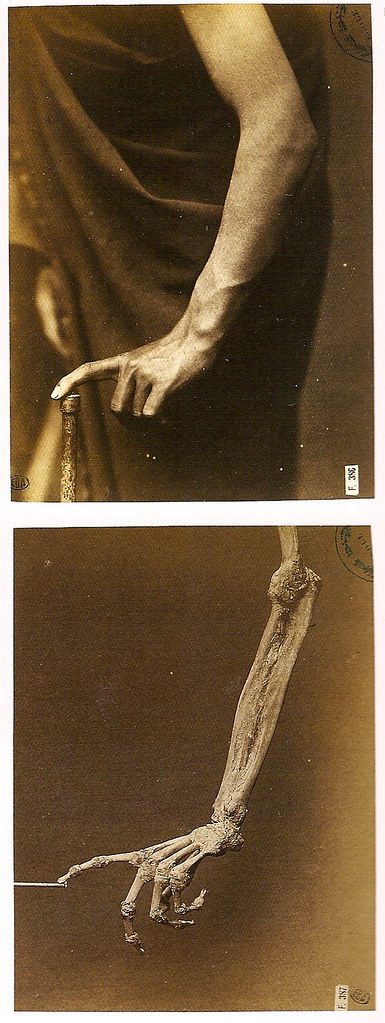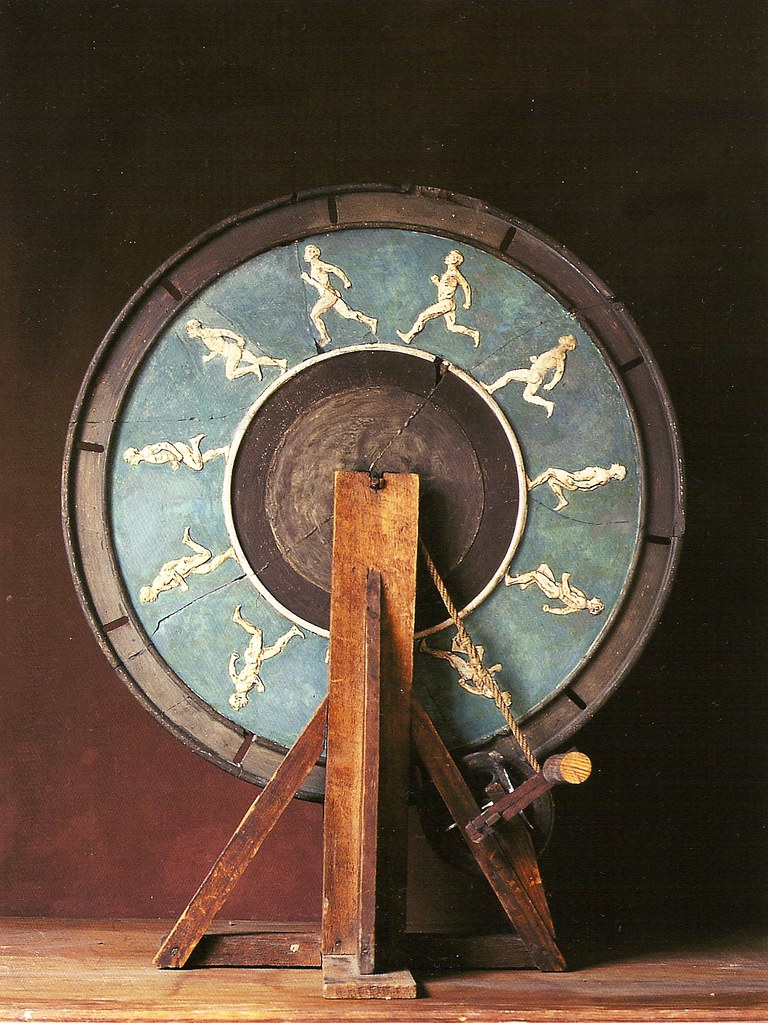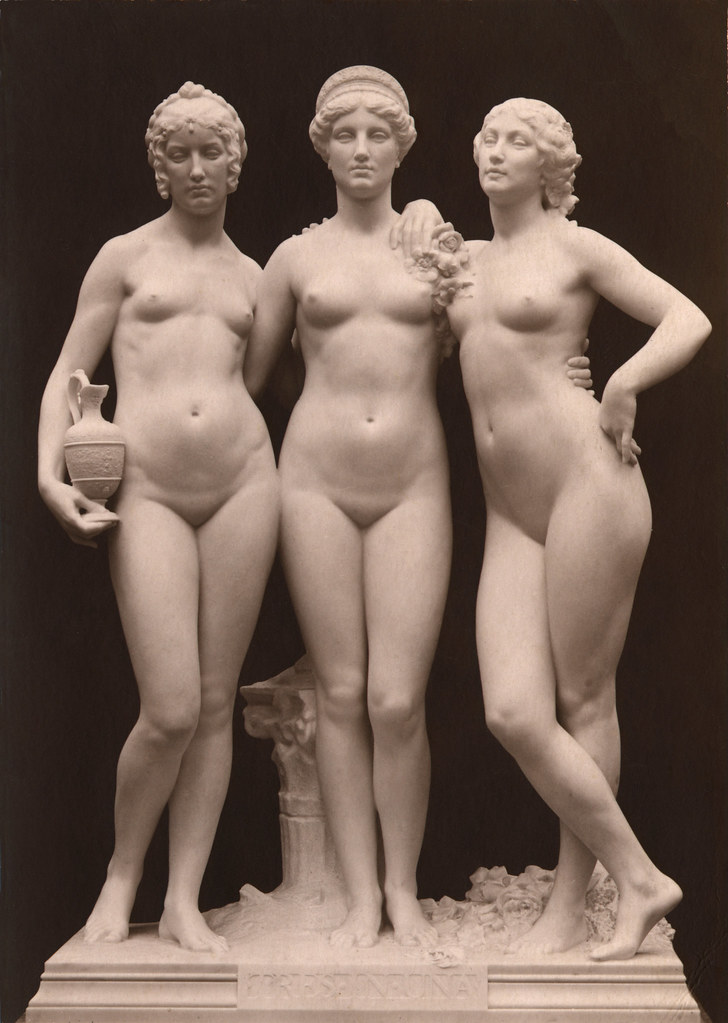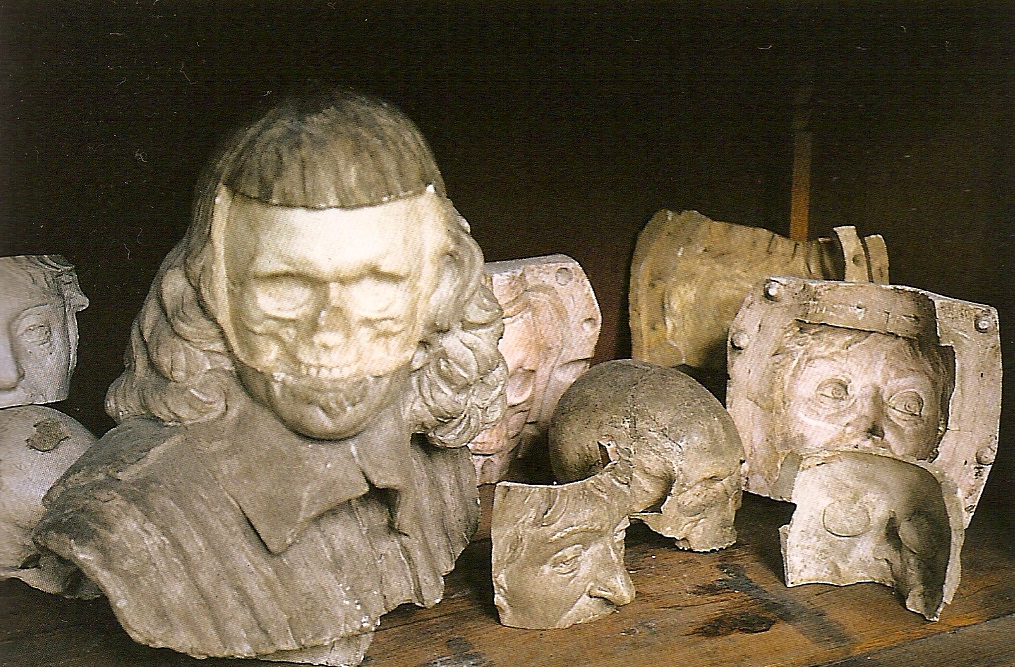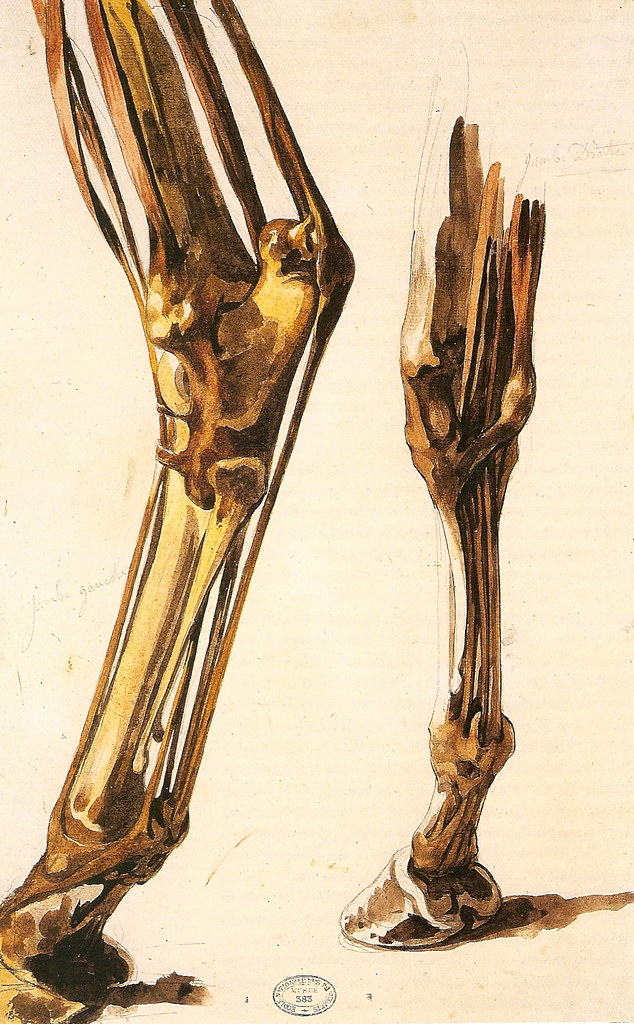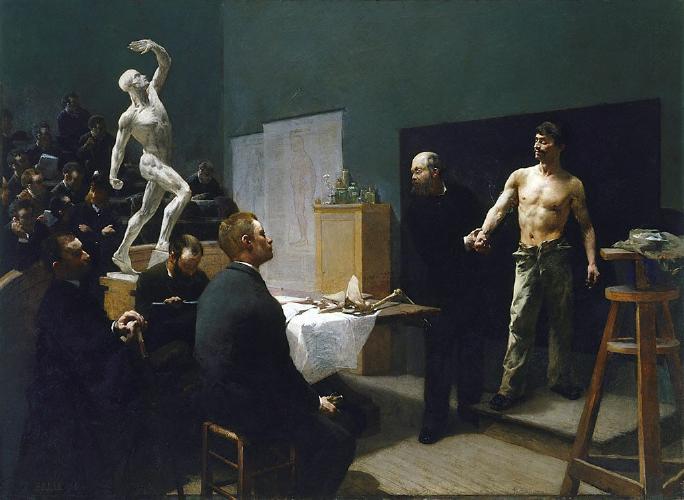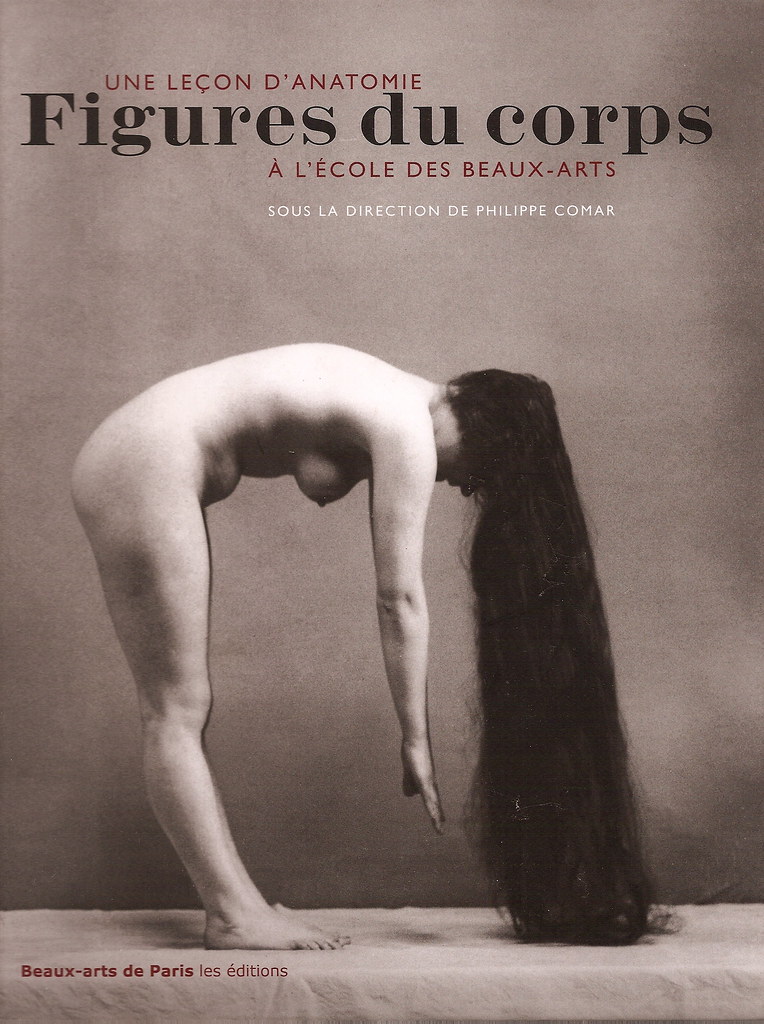 Occasionally, I come across a book that was made with me in mind. Figures du Corps: Une Leçon d'Anatomie à l'École des Beaux-Arts is the catalogue of the exhibition by the same name held from October 21, 2008 to January 4, 2009 at the l'École Nationale Supérieure des Beaux-Arts in Paris. (Painfully, I first learned about the exhibition after seeing this book in a bookshop window in London, which is either a testament to my own ignorance of events like this or a sign that marketing efforts had limited reach.)
Occasionally, I come across a book that was made with me in mind. Figures du Corps: Une Leçon d'Anatomie à l'École des Beaux-Arts is the catalogue of the exhibition by the same name held from October 21, 2008 to January 4, 2009 at the l'École Nationale Supérieure des Beaux-Arts in Paris. (Painfully, I first learned about the exhibition after seeing this book in a bookshop window in London, which is either a testament to my own ignorance of events like this or a sign that marketing efforts had limited reach.)
The catalogue is an ode to the bewildering and wonderful arsenal of contraptions, tools, plaster casts, photographs, and any other useful aid created to assist artists in the study of human and animal figures.
Resembling part medical research facility and part life-science museum, the Ecole des Beaux-Arts gathered human and animal anatomical examples--ideal, real and atypical--for use in training.
For artists at the Ecole des Beaux-Arts, academic training meant mastering the human figure. As described in a previous post, this training took place over a series of graduated steps, beginning with isolating parts of the human figure, to studying idealized forms in Greco-Roman statues, and, finally, working with live models.
The catalogue includes several examples of classical forms that have been worked over to reveal underlying skeletal and muscular structure. It is evidence of a startling lack of superficiality in their approach to their craft and art. There are numerous accounts of dissections of both humans and animals, and visits from surgeons to discuss recent medical discoveries.
Looking at examples of plaster casts from the book, I was surprised at how many of them were obviously taken from human subjects and not from statues. The catalogue is unclear as to when many of these casts were made and used. Regardless, it is fascinating to see that they went to great lengths to articulate hands and feet in a wide range of challenging positions that were not always quoted from classical forms.
One of the greatest costs in training was the hiring of live models. As a result, contraptions of all kinds--mannequins, photographs, stereoscope images--were made to substitute, or perhaps more accurately, supplement, models.
One man at the Ecole des Beaux-Arts, Paul Richer (Chartes, 1849-Paris, 1933) was particularly skilled both as a creator of artist aides and as a sculptor himself.
His work Tres in Una, above, is a terrific example of the late-nineteenth, early-twentieth century combinations realist and classical approaches to art. There is disappointingly little written about Richer in the catalogue, yet he is clearly one of a rare breed, simultaneaously gifted at educational innovation and a talented artist in his own right. For one, I would love to learn more about him, and hope to.
A great deal of the catalogue is dedicated to the anatomical models of animals, especially horses Just as in England, where George Stubbs (British , 1724-1806) led a generation of artists at the Royal Academy to explore and correctly understand the anatomy of horses, the French Academy invested a great deal in equine models.
One stunning example of an artist using the models is a study of horse legs, below, by Théodore Géricault (Rouen, 1971-Paris, 1824).
This catalogue makes it possible to comprehend the lengths to which artists would go to learn their craft. For me, it is both an inspiration and a reminder of how much we can learn from them.
